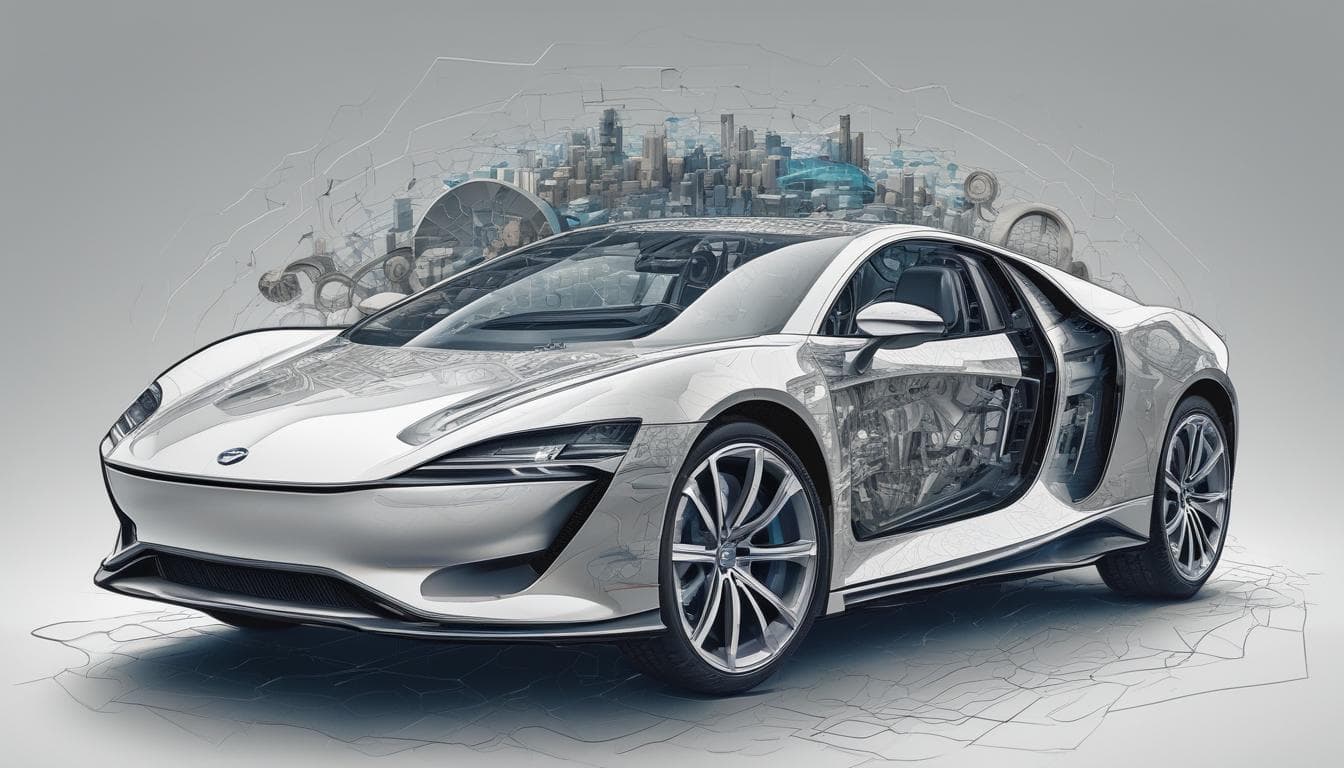Advanced driver-assistance systems (ADAS) are rapidly transforming the automotive landscape, enhancing vehicle safety and revolutionizing the driving experience. From basic functionalities like cruise control to sophisticated features like lane keeping assist and automatic emergency braking, ADAS technologies are becoming increasingly prevalent in modern vehicles, paving the way for a future of autonomous driving.
Evolution of ADAS
Early Stages
The earliest forms of ADAS can be traced back to the introduction of anti-lock braking systems (ABS) and electronic stability control (ESC) in the late 20th century. These systems provided drivers with enhanced control over their vehicles, preventing skidding and loss of control during emergency maneuvers. 
Emergence of Advanced Features
Over time, ADAS technologies evolved to include more advanced features such as adaptive cruise control (ACC), which automatically adjusts the vehicle's speed to maintain a safe distance from the vehicle ahead. Lane departure warning (LDW) systems alerted drivers when they unintentionally drifted out of their lane, while blind spot monitoring (BSM) helped drivers avoid collisions when changing lanes. 
Current State of ADAS
Widespread Adoption
Today, ADAS features are becoming increasingly common in new vehicles, with many manufacturers offering them as standard or optional equipment. This widespread adoption is driven by growing consumer demand for enhanced safety and convenience features, as well as government regulations aimed at improving road safety. 
Levels of Automation
ADAS technologies are categorized into different levels of automation, ranging from Level 0 (no automation) to Level 5 (full automation). Currently, most commercially available vehicles fall within Levels 1 and 2, offering partial automation features that assist drivers but still require them to remain engaged and responsible for vehicle control. 
Future of ADAS
Towards Full Automation
The future of ADAS is inextricably linked to the development of fully autonomous vehicles. As technology continues to advance, higher levels of automation will become increasingly feasible, eventually leading to vehicles capable of driving themselves without human intervention. 
Integration with Connected Car Technologies
ADAS technologies will also become more integrated with connected car technologies, enabling vehicles to communicate with each other and with the surrounding infrastructure. This connectivity will enhance safety by providing real-time information about traffic conditions, road hazards, and other potential dangers. 
Impact on the Automotive Industry
The development and adoption of ADAS are having a profound impact on the automotive industry, driving innovation and competition among manufacturers. The demand for skilled engineers and technicians with expertise in ADAS technologies is also increasing, creating new job opportunities and transforming the automotive workforce. 
Conclusion
Advanced driver-assistance systems represent a significant leap forward in automotive technology, offering the potential to dramatically improve road safety and transform the driving experience. As ADAS continues to evolve and mature, it will pave the way for a future of autonomous driving, reshaping the automotive industry and the broader transportation ecosystem. The continued development and integration of ADAS technologies will be crucial for achieving the vision of a safer, more efficient, and more connected future of mobility. We encourage readers to share their thoughts and experiences with ADAS in the comments below and join the discussion on the future of driving.

 The Electric Vehicle Revolution: Transforming the Automotive Industry and Shaping the Future of Transportation
The Electric Vehicle Revolution: Transforming the Automotive Industry and Shaping the Future of Transportation Revolutionizing Automotive Retail: The Rise of Digital Showrooms
Revolutionizing Automotive Retail: The Rise of Digital Showrooms The AI Revolution in Automotive: Reshaping Design, Manufacturing, and the Driving Experience
The AI Revolution in Automotive: Reshaping Design, Manufacturing, and the Driving Experience The Digital Twin Revolution: Transforming the Automotive Landscape
The Digital Twin Revolution: Transforming the Automotive Landscape The Robotics Revolution: Transforming the Automotive Landscape
The Robotics Revolution: Transforming the Automotive Landscape Generative AI: Revolutionizing the Automotive Industry
Generative AI: Revolutionizing the Automotive Industry